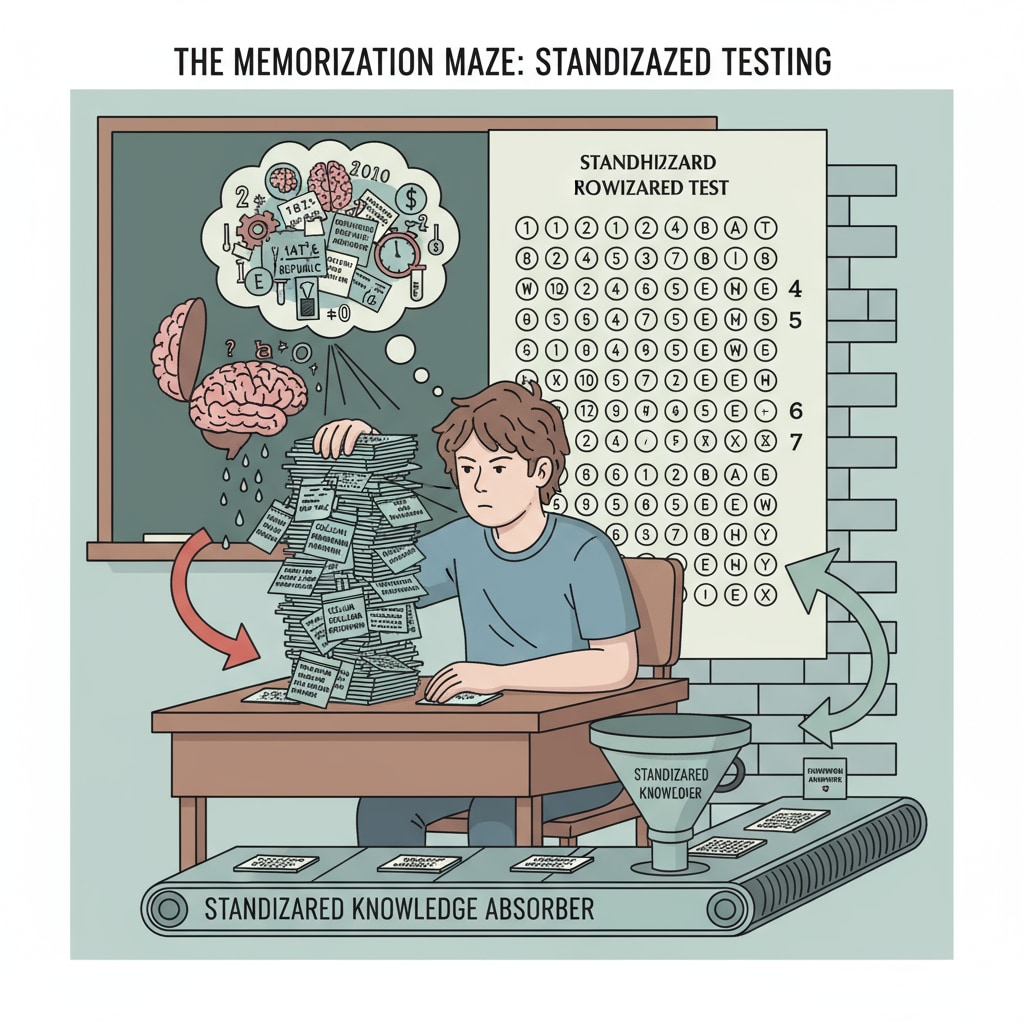Standardized tests, memory skills, critical thinking, and learning assessment are topics of great significance in the field of education. For years, standardized tests have been a cornerstone of educational evaluation, but they have significant limitations in accurately gauging students’ true learning abilities. These tests often place a heavy emphasis on rote memory, overlooking the development of critical thinking skills, which are essential for real-world problem-solving and deeper understanding.
The Overemphasis on Memory
One of the major drawbacks of standardized tests is their over-reliance on memory. These tests typically contain multiple-choice, fill-in-the-blank, or short-answer questions that require students to recall facts and information. For example, students may be asked to memorize historical dates, scientific formulas, or vocabulary definitions. This focus on memory can lead to a superficial understanding of the subject matter. As Education Evaluation on Wikipedia states, rote memorization does not necessarily equate to true learning or understanding.

The Neglect of Critical Thinking
Critical thinking is the ability to analyze, evaluate, and form judgments about information. However, standardized tests rarely assess this crucial skill effectively. They often present students with pre-determined answers and do not encourage students to think deeply, question assumptions, or develop their own perspectives. According to Educational Psychology on Britannica, critical thinking is fundamental for students to thrive in an increasingly complex world, yet standardized tests fail to measure this aspect of learning adequately.

To address these limitations, it is essential to develop a more comprehensive and effective learning assessment system. This could involve incorporating a variety of assessment methods, such as project-based learning, essays, and oral presentations. These alternative methods allow students to demonstrate their critical thinking skills, creativity, and ability to apply knowledge in real-world situations.
Readability guidance: By using short paragraphs and lists, we can effectively summarize key points. Each H2 section should aim to provide a clear list of ideas. We should also keep the proportion of passive voice and long sentences in check and sprinkle transition words throughout the text for better flow.


